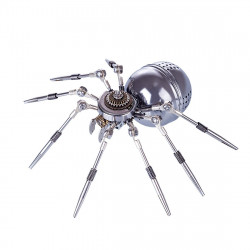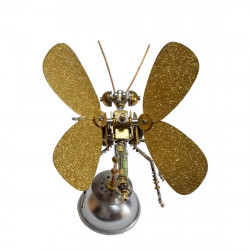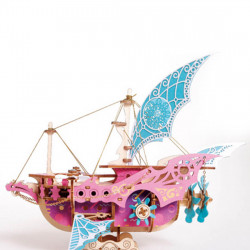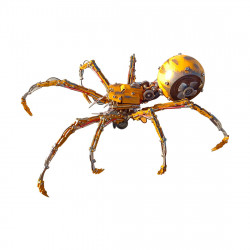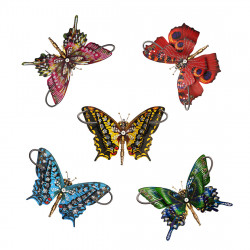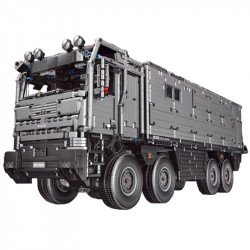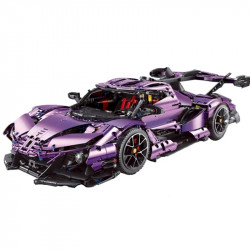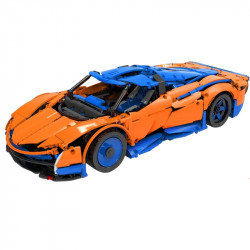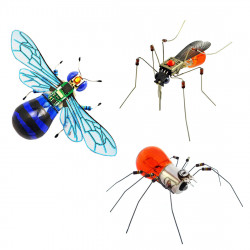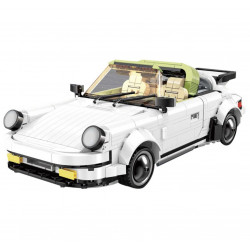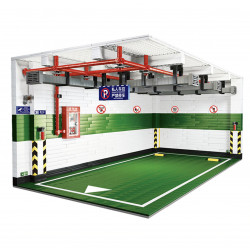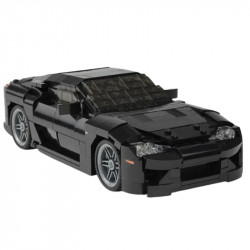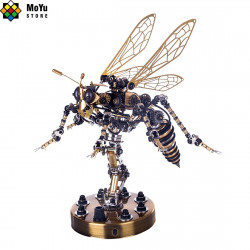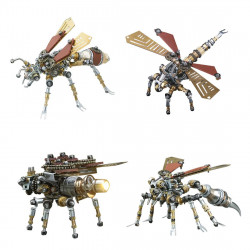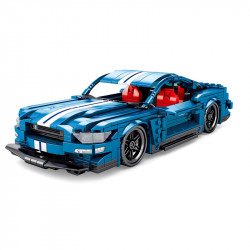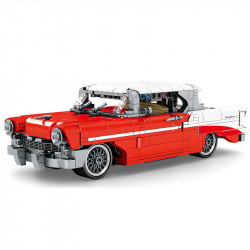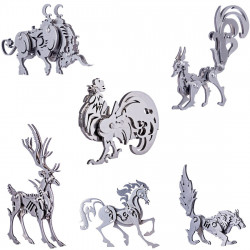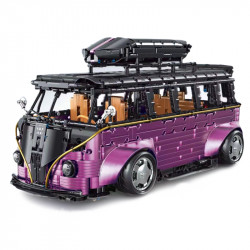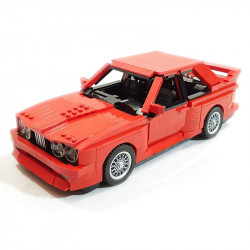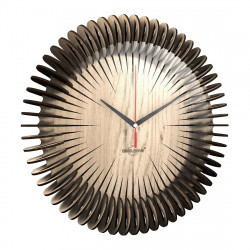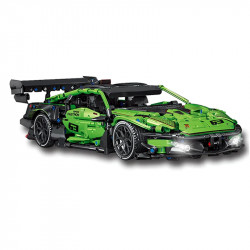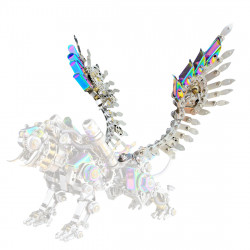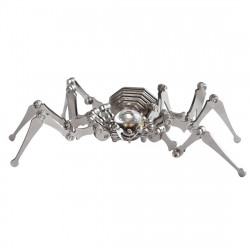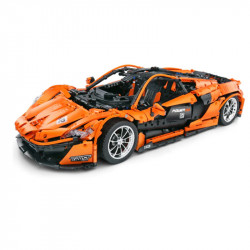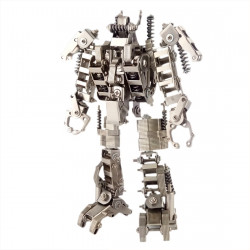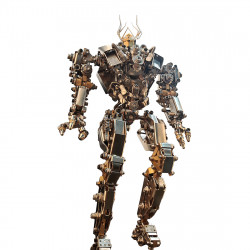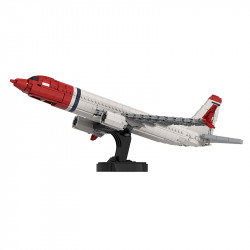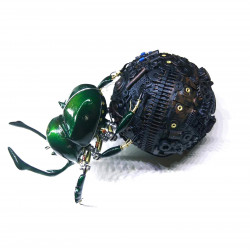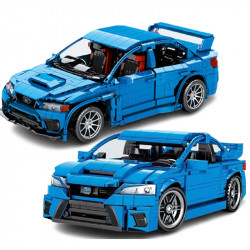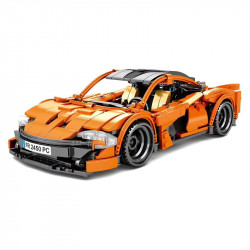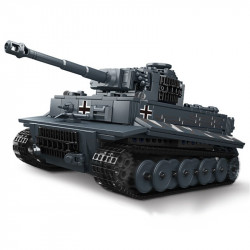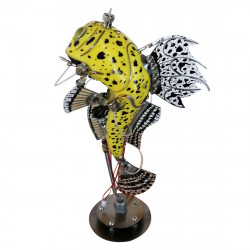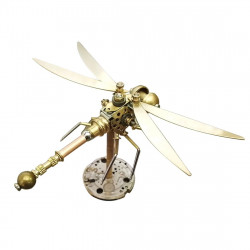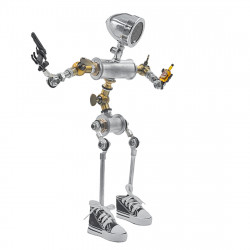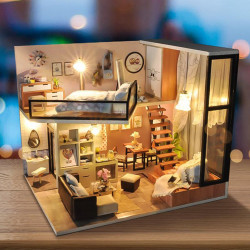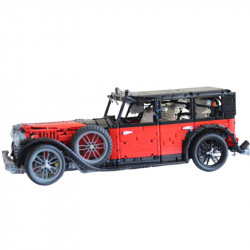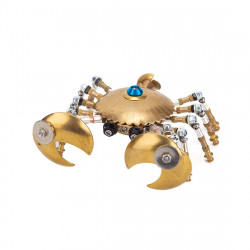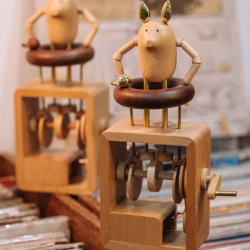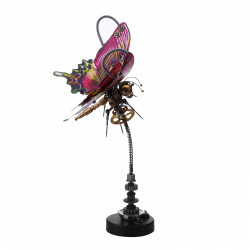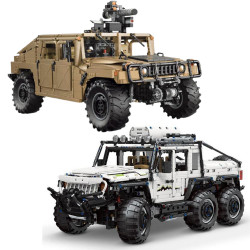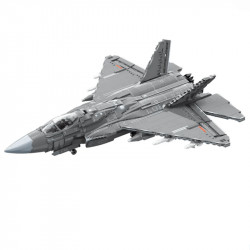Built a Lightsaber From Spare Parts

I Built a Lightsaber From Spare Parts!
Despite its modest size and imperfections, it was enjoyable! Some time ago, I could use spare parts from my constructions to create a little lightsaber. After observing how other builders used their spare parts to make original builds or adjustments to projects, I decided to save them since I had so many of them. The best part of this idea, though, was when I realized I should utilize a Lego Star Wars minifigure's "blade." I then waited and purchased a generic part from China, which was regrettably less expensive than buying on BrickLink.
Unfortunately, it didn't come until after Rise of Skywalker was released in theaters; otherwise, I would have attempted to create and publish this to coincide with the movie's premiere. Even if it's too late, it can still be connected to it in some manner. That's life.
In any case... I promptly completed the construction I was working on at the time and then poured out all of my spare parts after the blade part arrived. I laid it out and began setting aside the bits that I believed would be useful for a lightsaber. Anything used to create a cylinder. Circle caps are affixed to the cylinder components: Doodad forms or thin strips. Switches are tiny rectangles. The pieces resemble gears and have flaps that fold over to form a cylinder-like cover. Cones with segments. Everything.
I then began examining lightsaber design examples—movie-real ones, ones that people had customized, etc. Since I knew I couldn't make a duplicate of Luke's Lightsaber or anything similar, I needed some inspiration. As it happens, the most fantastic resource I could find was a chart of pixel art depictions of official lightsabers. It condensed them into unique characteristics and presented them. Additionally, they were all oriented and at the same scale. I was, therefore, prepared. Almost, that is. The size of the Lego component I was going to design for was another need. With the use of some calipers, its diameter was estimated to be approximately 3.1 mm.
And I could let you down at this point. I didn't document the procedure. But with good cause. I was working on this for several days and nearly a dozen "sittings." Why? Due to adhesive. Indeed, I did use glue. I used glue, of course. In theory, I could have completed it all in one session because I used the 5-second fix. However, there were moments when I wasn't really sure how much adhesive I could actually expose to the UV light. In addition, a lot of my hands would have been sitting there on the recording as I was thinking. One thing I should have done was to take some pictures while I was doing it. Apologies. I hope that helps. I've attempted to take photos of a few sample spare components for reference.
Returning to the construction process (pardon my distracted thinking), I selected a few features that I wanted to duplicate. I added the banding around the middle for grip areas that I saw on most lightsabers. Additionally, I appreciated how some had distinctive cuts or just one side of the bands. At the not-blade end, I wanted something interesting, like a faceted end-cap. Additionally, the majority of designs included a thicker area close to the non-blade end with raised stripes spanning the length, resembling a pommel. Although I wasn't totally sure how I wanted to shape the blade end, I knew that I wished for a socket that the Lego component would fit into and that it would be deep enough to conceal the neodymium magnet I intended to adhere to the end of the Lego part so that it could be put and taken off without damaging the model.
Finding the appropriate components to complete all of this was the next stage. I also discovered a number of pieces that were roughly the correct size and form, although I frequently had to cut tabs off. since they were never in the proper location. I also decided to create depth and texture by using the etched lines in the cylinder sections. To keep everything together, there were a lot of 5-second fixes.
I, therefore, employed a cylinder portion for the grip, rolled with the exterior etched lines but not lengthwise to the cylinder. Instead, I rolled it until the lines made circles around the cylinder's side. I then grabbed a strange bit of material that was black on the exterior, etched with curvature on the inside, and had arcs carved out of it on the top and bottom of a roughly rectangular (barely trapezoidal) shape. After eliminating the remnants of the arc cutout, I clipped the bottom of this form as flat as possible and curved that portion over the grip cylinder.
I located two black-painted, gear-shaped circle-cap components and utilized them to cap the grip's two ends. To create space for a little rectangular box that I would position in the middle above the upper end of the black grip-covering portion, I broke off one of the flaps on the larger end. Additionally, there were a few gaps in the center of the circle on the large-end cap, so I shaped one of my tiny cylinder pieces and fastened it to it using tabs. Because they were both more significant than the cylinder I used for the grip, I then overfolded the flaps on those end caps so they sloped in towards the grip part. Eventually, after multiple iterations of 5-second fix adhesion over all construction sessions, everything came together to form the Lightsaber's core "grip."
A brief interjection now... Here, I'm outlining the final design as though I had it all planned out. Even forming that entire "grip" portion would seem like the first thing I did before going on to the following sections I'll be describing. I didn't. This was a really natural process that involved trial and error and brainstorming. I experimented with a few things that worked and some that didn't. When it seemed appropriate, I put things together after working on bits and pieces here and there. Occasionally, while working on it, I would unintentionally pop off the sections that weren't wholly dried with glue. It was disorganized and unkempt. However, it would be challenging to try to explain that process in a chronologically linear manner. Thus, yes, I was winging it and didn't know how it would turn out until I was almost finished.
Let's go back to the design. I had the fortune to locate a piece for the pommel section that was meant to create a hexagon-shaped object with a sharper tip. With six parts and the small end-flap that concluded the point, I reduced it to barely half of the egg. Then, I discovered a remarkable coincidence. I found a cylindrical strip with hexagonal engraved designs on the outside and slots at the edge that fit two circular pieces nicely! I used the tabs to link the circle-caps and cylindrical strips. I then used tiny droplets of 5-second fix to secure each tab end after twisting them off one by one. Yay! This drum-like form was also more significant than the grip section's tiny end-caps.
However, the most challenging and infamous aspect of this construction was the pommel's subsequent feature. Since longitudinal strips are a prevalent design element, I intended to employ them in this part. Unfortunately, I didn't discover many strips among my spare parts that were the correct size. However, I found a lot of these little components that resembled tiny triangular hourglasses with tabs on either end. They would fit and appear close if I cut off the tabs. Well, the tabs were still too long, even after I cut them off. Since they were made to be folded in half, it was simple to break them in half in the middle, so I opted to stagger them around it. But if they were black, it would look fantastic! Since they were smaller than the sharpie's tip, I carefully sharpened them. And attempted to adhere to them using a 5-second fix. It was painstaking, exacting, and rife with errors. My fingertips turned black when the glue and ink combined. My eyes became strained.
Additionally, a few of those tiny pieces kept coming off. I continued to glue them back on. After I managed to get them all to remain, I affixed the pommel to the bottom of the grip after gluing the hexagonal cover to one end.
I also experienced some issues with the part that emits the blade. I discovered a cylindrical piece that appeared to be around the correct size and had a circle connected. I folded the circle cap over and shaped it up. It was also crooked. I thus created a second one that was about the same size. This one worked out better. However, it turned out to have a diameter that was too big for the Lego piece and not nearly deep enough to conceal the magnet adequately. The second step was advantageous because it resulted in a far more attractive final design. In order to depict the stacked discs design found near the blade of some lightsabers, I chose to add another cylinder wrap around that, this time with etched lines that run in the same way as the grip portion.
And I discovered what appeared to be a workable portion. I then started to shape the component into a cylinder. However, instead of curving, it continued to fold at some cross-seams, which were etched lines on what should have been the exterior. That being said, I persisted until it broke at those seams. This was fortunate because it wasn't long enough to encircle the existing cylinder portion there wholly. I then adhered those three parts to the cylinder's outside, leaving tiny voids between them. I then covered it up with more of those triangular pieces that resemble half-hour glasses, but this time, I kept the tabs on and folded them slightly so they could loop over the bottom of the cylinders. With the tips of these triangles sticking out past the end, this ended out exceptionally well.
Finally, to make it simpler to position the Lego blade, I discovered another cylindrical strip and attempted to glue it into the blade socket. And instead of adhering to the Lightsaber, that cylinder stuck to the Lego blade. It still functions, though, and it lets me adjust the blade to get it as straight as possible when it's formed up. Oh, and I tried my best to adhere this section to the small cylinder that protruded from the grip end using adhesive. I can deal with the fact that I did not get it exactly centered, even if it bothers me.
After that, I was at last prepared to take some photos! As I was situating it after setting it up for photography, one of those damned little triangle pieces broke off. Before then, though, I was able to get a photo of it without the Lego blade component. Nevertheless, I took a break because I was frustrated. During that break, I also observed how unkempt and filthy the pommel had become as a result of all the regluing attempts. It simply looked awful because the Sharpie coloring was uneven and splotchy.
I thus utilized my hobby knife to pry out all of those triangular pieces when I got back for my next build session. After that, they were all scrubbed clear of adhesive and sharpie marks. After that, the drum section's glue was scraped off. and then used a different method to apply the 5-second fix to reglue all of the small triangles. And it was successful this time. Additionally, I refrained from sharpening the triangles, partly due to my concern that the ink would be causing problems for the glue when it mixed. That's how I got the pommel to exhibit some wear and tear and lose its black contrast, and I'm perfectly okay with that.
Regarding the photo session, in case you're wondering what's causing the Lightsaber to remain in that position, Though not the Force, it is a force. I balanced the Lightsaber on its corner on top of a neodymium coin magnet that I had placed underneath a piece of white paper. But isn't that a fantastic effect? Before painting it, I added a spot in the stand for inserting some magnets because I liked it so much.
